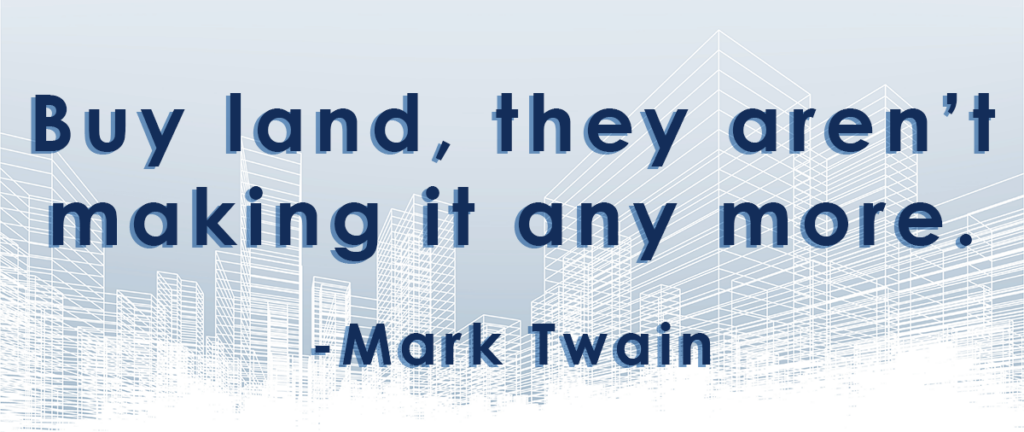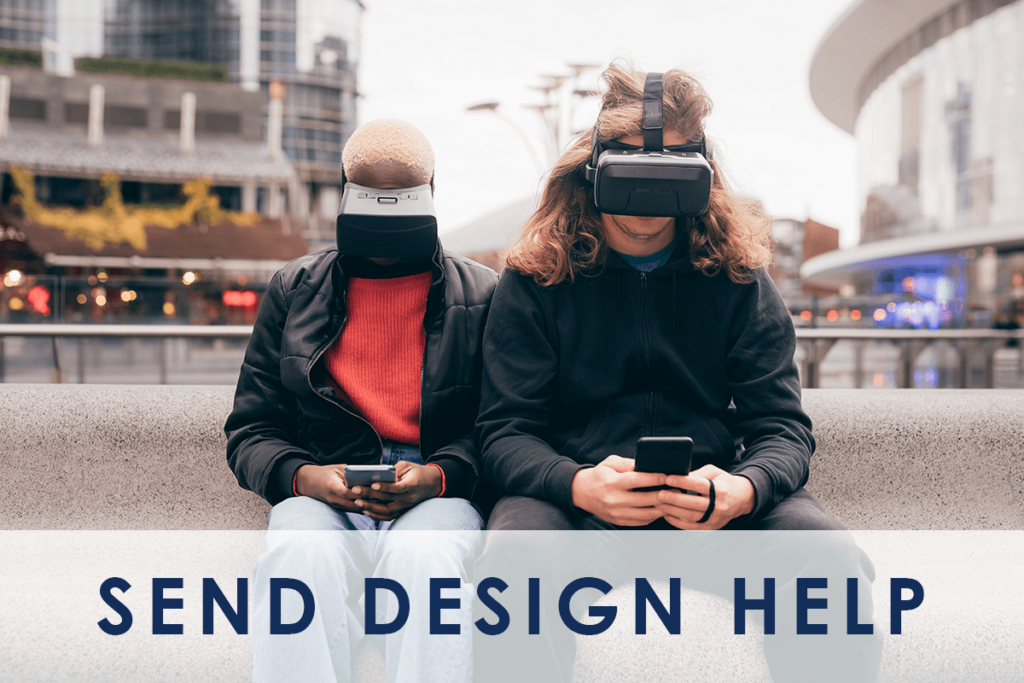Recent headlines about Apple’s market cap crossing the three-trillion dollar threshold and the race for the metaverse caused me to think back to a comment Scott Galloway made in his book The Four. Compared against Facebook, Google and Amazon, he wrote that Apple stood “alone as a luxury brand.” Per Galloway, this difference provides a moat unavailable to the other tech giants. “While the other three companies, the alpha lions on the veldt of high-tech competition, still face the prospect of an early demise, only Apple has the potential to cheat death.”
The book was published in 2017, and at the time Galloway predicted that Amazon would be the first company to reach a 1 trillion dollar market cap. But the iPhone maker won this distinction in August of 2018, which makes the time horizon required to then hit $3 trillion all the more impressive.
As it relates to the metaverse, and what luxury brands might be willing to spend to attract customers, flagship stores built in Tokyo provide an interesting benchmark. In December of 2004, Chanel christened its Ginza Building. Designed by world-famous architect Peter Marino, the total cost of the building was reportedly $240 million. Half of the budget was used to build a façade with 700,000 LEDs that project the Chanel logo at night, which made it the largest television screen in the world. In her book Deluxe: How Luxury Lost its Luster, author Dana Thomas reports that the president of Chanel at that time told her they expected to recoup the investment within 3 years. “A year and a half after it opened, there were still lines out front.”

The challenge I struggle with as it relates to the metaverse is that it is theoretically infinite. How do you recreate Tokyo in a virtual world? Brands spend hundreds of millions of dollars on individual store fronts because the world’s cosmopolitan capitals are limited in number and the population and tourism associated with each is stable. Land prices in the digital world are anything but. Per the November 12, 2021 issue of Grant’s Interest Rate Observer:
According to Janine Yorio, head of Republic Realm, a hedge fund that develops and invests in digital real estate, a set of 100 private islands that her business developed with a “real-world” architect fetched $15,000 each in August pre-sales. Today, on the secondary market, the islands trade for $300,000–$350,000 a pop.
So, how do you recreate scarcity and limited supply in a digital world? Apple’s association with luxury and the moat this creates was reinforced when internal documents made public in the courtroom battle with Epic Games Inc. revealed how Apple enforced early brand habits with its popular chat tool, iMessage.
From the beginning, Apple got creative in its protection of iMessage’s exclusivity. It didn’t ban the exchange of traditional text messages with Android users but instead branded those messages with a different color; when an Android user is part of a group chat, the iPhone users see green bubbles rather than blue. It also withheld certain features. There is no dot-dot-dot icon to demonstrate that a non-iPhone user is typing, for example, and an iMessage heart or thumbs-up annotation has long conveyed to Android users as text instead of images. [LINK]
Preferring to conform to social pressures and associate with the Apple brand, most teens (87% according to a study cited) choose an iPhone over every other device. The ostracism that follows a green text is sufficient motivation, not just to own an iPhone, but to actively avoid other devices. And this is just one example of Apple’s “broader strategy to tie its hardware, software and services together in a self-reinforcing world dubbed the walled garden.”
In the real world, someone might purchase a Birkin bag to communicate that they have style and wealth. How do you communicate this in a virtual world without physical objects? Brands are gearing up to style your avatar in the metaverse with NFTs. By way of example, Nike recently purchased a virtual shoe company to make sneakers for the metaverse. But I imagine Apple will find additional creative solutions, much like the blue text message bubble on an iPhone.

Another physical world example related to the metaverse is the hardware required to access it. People that camp out in coffee shops working remotely communicate something with their laptop of choice. I personally do not think much of this choice, but if the hardware had to be worn as a helmet covering my eyes and ears, I would be more sensitive to appearance.
The metaverse will make hardware all the more important, and Apple’s design has consistently elevated technology products to functional fashion accessories that communicate wealth, education and sophistication. Facebook has done all it can to associate itself with the metaverse, including renaming itself Meta Platforms on October 28th. Apple has said relatively little since then but the share price has soared 18% compared to Facebooks 6.7% gain. Per long-time Apple analyst Katy Huberty “the real catalyst for mass market AR/VR adoption will come when Apple enters the market.” [LINK]